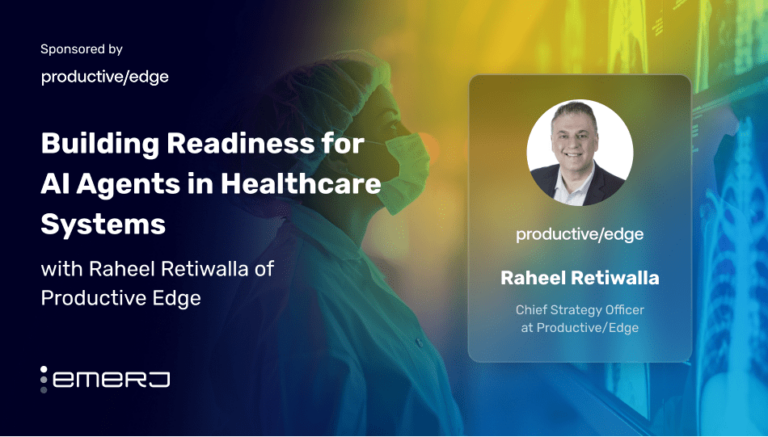Artificial Intelligence at CVS Health
As one of the largest healthcare companies in the United States, CVS Health generated $357.8 billion in revenue in 2023 and…

•


Read the Emerj team’s latest coverage on AI use-cases and trends in banking.
As one of the largest healthcare companies in the United States, CVS Health generated $357.8 billion in revenue in 2023 and…

•

This interview analysis is sponsored by Searce and was written, edited, and published in alignment with our Emerj sponsored content guidelines.…
•

This interview analysis is sponsored by Productive Edge and was written, edited, and published in alignment with our Emerj sponsored content…

•

Mobile technology, including smartphones and wearable devices, collects health-related data such as physical activity metrics (e.g., step counts, heart rate), sleep…

•

Kaiser Permanente (KP) is a leading managed care consortium based in Oakland, California. As of September 2024, KP has reported operating…
•

Cencora, formerly known as AmerisourceBergen, is a leading global pharmaceutical solutions provider focused on delivering healthcare products and optimizing the patient…

•

The “buy versus build” debate is central to digital transformation, particularly in AI adoption, and hinges on an organization’s unique goals…

•
